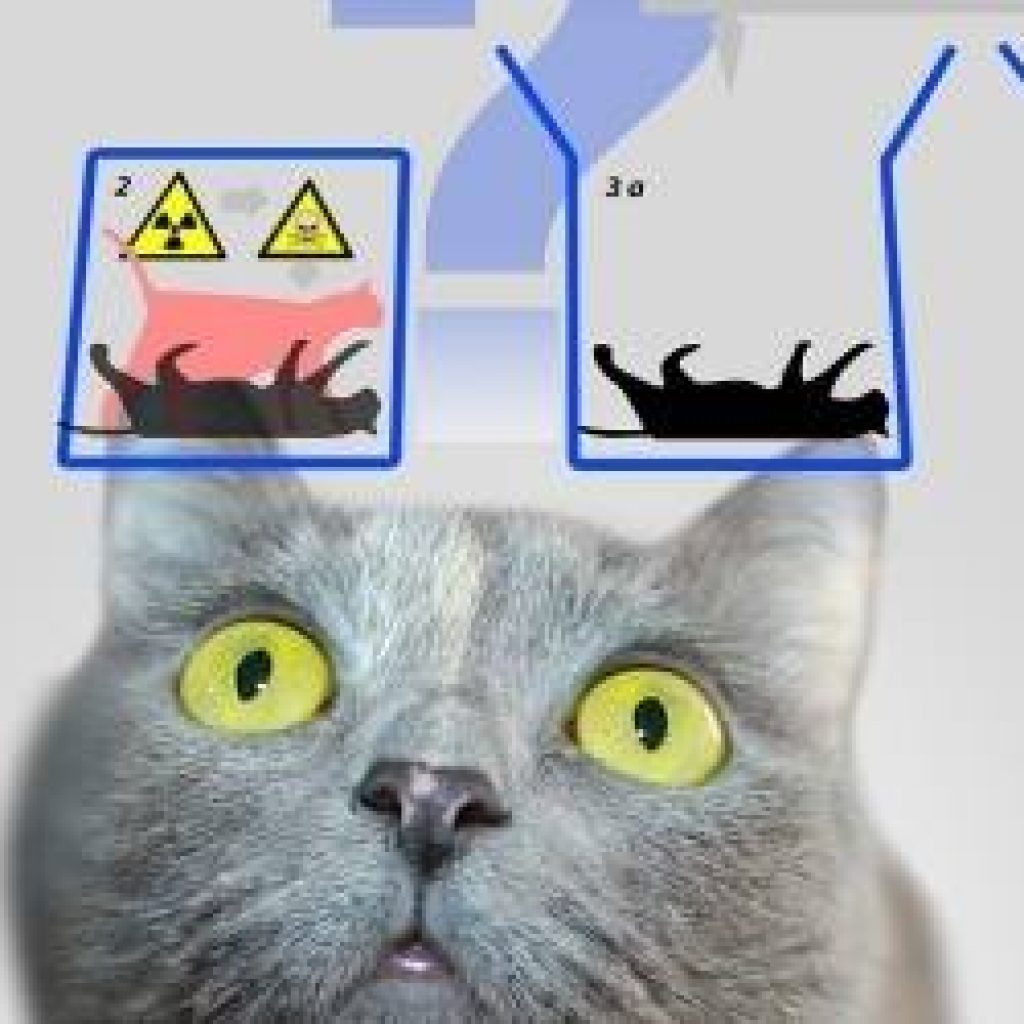(Gizmodo) Researchers were able to predict a kind of atomic behavior called a quantum jump and even reverse the jump in a new experiment on an artificial atom. Such research could bring up bigger questions about the nature of physics and could have important implications for improving quantum computers that rely on the rules of quantum mechanics in order to function. Quantum mechanics’ core assumption is that on the smallest scales, atomic properties are quantized, meaning that particles take on discrete, rather than continuous states—their properties exist along a staircase rather than a ramp.
“Our experiment shows that there’s more to the story” of how quantum mechanics works, says study author Zlatko Minev, a researcher at IBM’s Thomas J. Watson Research Center. the researchers only had a moment’s notice before the transition between states occurred; they can’t predict the exact day and time of the transition. But this level of foresight could be useful for quantum computers.
Speculation abounds that this ability to reverse a quantum jump could save the proverbial Schrödinger’s cat. Schrödinger’s car is a thought experiment in which a cat’s life depends on some two-state quantum process, and according to the rules of quantum mechanics, once the experiment is set in motion, the cat is alive and dead simultaneously until you open the box. In this case, the cat being alive is the ground state, and the cat being dead is the excited state. The implication of this research is that the scientists can indirectly watch the “cat” move from the alive state to the alive-and-dead simultaneously state, and intervene to save the cat.
Researchers Ability to Predict & Reverse Quantum Jump Would Save Schrödinger’s Cat
